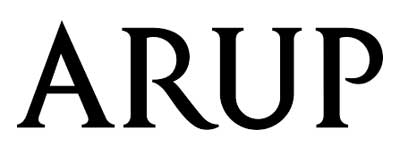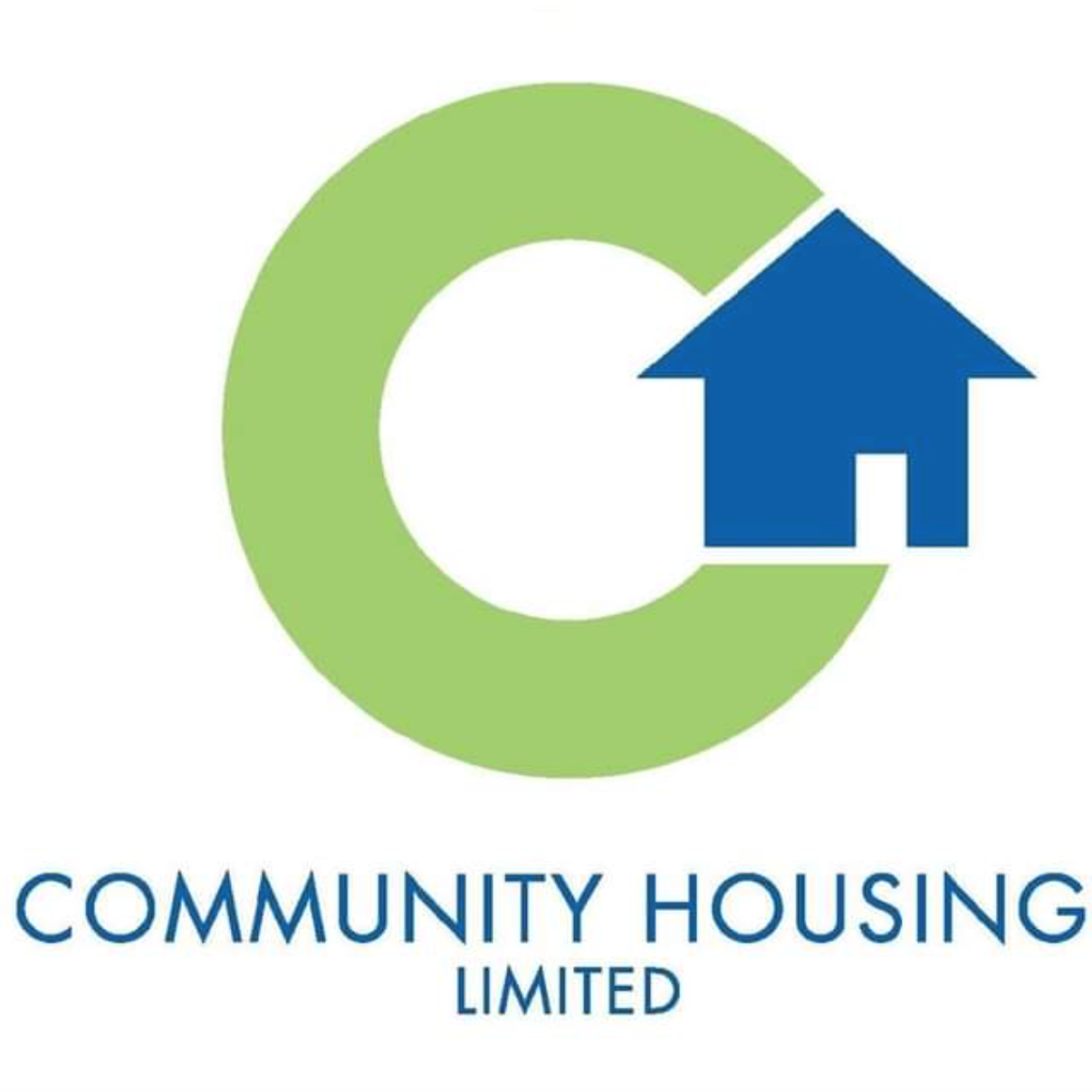Wurrenranginy, Western Australia
Clean water and sustainable power solutionsImpact
The Wurreranginy community in the Kimberley region of Western Australia, are equipped with detailed information around options for sustainable, safe and reliable access to power and water, getting them closer to realising their vision of a growing, healthy community that is connected to its land and culture.
The Elders, Leaders and people of Wurreranginy (commonly known as Frog Hollow) engaged engineers to produce a report outlining appropriate ways to improve their access to good quality water and increase their electricity capacity.
Having safe, clean water will have a dramatic impact on the health of their whole community. Their ability to increase power capacity will allow them to build school and kindergarten rooms, connect existing community houses, as well as the teachers’ homes that they need to look after their children’s future.
The community’s plans will also enable them to realise their vision in cost effective and sustainable ways, making sure that they can deepen and maintain their connection to their land and their culture.

The Need
Wurreranginy is thirty kilometres south of Warmun (commonly known as Turkey Creek). While the State Government does provide power and water to the area, the community has no further Government funding and is proudly self-supporting. However, the community does experience challenges that impact on its ability to develop into the future.
This community of 50 people, plus more in surrounding areas, rely on bore water which is often of poor drinking quality and is always high in calcium. Boiled Water notices are regularly posted to tell people when the water is unsafe to drink from the tap, but often those notices are put up after contaminated water has been consumed for days and weeks.
In recent times, they had to boil their water for a total of 13 weeks in six months. With only one stove at the school to boil the water, there is not adequate equipment, nor storage spaces, to keep up with daily requirements. Bottled water costs considerably more money and creates unwanted plastic waste. Meanwhile, the high calcium content in the bore water quickly wears down appliances, creating more costly and unsustainable waste.
The community is enjoying a period of growth. The school has grown from nine students in 2015, to 44 students in 2018. They want to send their children to the local school, so they need more teachers and rooms for their children’s education. However, the current diesel generator power system has limited capacity for future community growth.
A common solution would be to buy another diesel-powered generator. While generators are relatively inexpensive, diesel costs are high, and the use of fossil fuelled technology carries its own environmental costs. It is not a viable solution that creates long-term benefit.
The community’s desires are straight forward; they want sustainable power and water that give them the ability to grow and thrive. They are doing it for the health and wellbeing of their children. They are doing it so that they can keep their connection to community, provide quality education, and build on their future.
There is already a lot of expertise in the community. Local leaders Paul Butters and Sophia Mung have a working technical knowledge of current power and water technologies used in community, and an intimate understanding of the landscape. Community leader Paul Butters has had previous experience testing their water when he worked in the mines and understands the water and energy needs of the community. In 2017, they felt that it was time to find solutions that were best for everyone at Wurreranginy.
What Happened
That’s when the community approached Rachel Lattimore at Community Housing Limited (CHL) to help them find the solutions. At their request, CHL works with local communities to develop their capacity for self-determination. CHL acts as a facilitator between Aboriginal communities and the organisations, and processes, that can help them achieve their vision.
Rachel worked with Engineers Without Borders Australia’s program EWB Connect to find pro bono services that could help the community find the answers that they need. Without the EWB Connect program it may have been harder for CHL to find the right engineering partner who could have connected the community’s current challenges and opportunities to its future vision. As Rachel says, “EWB Connect are working to advocate on the side of the community, so they were essential in making sure that the scope was right from the beginning. They had the language and they had the technical knowledge. I don’t think the project would have happened, and met the community’s needs, if it wasn’t for EWB Connect.”
EWB Connect introduced the Nyaliga Aboriginal Corporation and CHL to Arup, an independent firm of designers, planners, engineers, consultants and technical specialists that works across every aspect of the built environment. Arup assigned two members of its team to the project; Simon Schutz who looked at the water solutions, and Jack Clarke who focussed on the community scale remote power solutions.
Simon and Jack from Arup used an approach they apply to all their projects. They listened to the knowledge and aspirations of the community. They sat with leaders Paul Butters and Sophia Mung, and the rest of the community, to ask open-ended questions and hear their vision for the future. And with the help of local leader and technical expert, Paul Butters, they toured the site to conduct an infrastructure assessment of the water and power systems. They gathered quantitative data and they documented the existing services.
Jack says, “We wanted to come in and act as idea collectors and information gatherers, rather than having preconceived notions. Then we put the community driven aspects into practice. We try a similar approach when we do any project, it’s part of being a good designer.” Simon adds, “We participated in what the community was doing. We didn’t rush things and we took things at the pace that the community was taking it.”
As well as gathering content among the adults, the local children also engaged with the project. Jack and Simon ran a water filtration activity with the children where everyone competed to create the cleanest water. As part of the activity, Jack and Simon related the core concepts of water filtration back to the situation with the local water supply. As many of the children already knew all about their own water systems, the exercise also gave the young people an opportunity to share their knowledge and welcome Jack and Simon into the community. The exercise created a social atmosphere that broke the ice and started conversations.
Arup treated this project as though it were a paid project. They really went above and beyond. The report is extensive. They’ve also came back with other ways of solving issues and other ideas for technology. And they did that based on their values.
Community Outcomes
After Jack and Simon’s time in the community, Arup produced a report that matched water and power options with the community’s needs. The report provided information so the community could understand the big picture and plan for their future. Armed with a detailed understanding of their challenges and opportunities, the community were relieved to learn that their water system is fundamentally safe. It also saved them from spending money on options that wouldn’t work. The report’s options considered appropriate technology that is environmentally, as well as financially, sustainable.
Arup’s engineers suspected pipe corrosion was causing poor water quality issues. This was subsequently confirmed and fixed by the State Government. The community are now exploring other water sources to avoid the problems caused by hard water in the area. The report has also suggested the community consider solar power with battery storage, a renewable power solution that will reduce costs. The power solutions provided in the report suit both the Government that provides the services, as well as the community who uses them.
The report is written in language that makes the information accessible for those who have less technical knowledge, while also being detailed and useful for those who have a more sophisticated understanding, like community leader Paul Butters.
The report can also be used to leverage further support and funding. As Rachel says, “Government are looking for more innovative ways to use technology in community. If you find a community who has the knowledge and desire, that’s valuable to government.”
The Learnings
More important than the final report, a key success for the project was the information sharing and community capacity building. The community was at the heart of the process, so they now hold the knowledge and they can drive their future.
The two-way learning between the community and Arup built trusting and respectful relationships. And having a partner like Rachel at CHL meant that Jack and Simon learnt how to immerse themselves into the community in a culturally sensitive and appropriate way. Without a community partner like CHL, business partners may find it valuable, indeed EWB Connect would suggest it necessary, to invest in cultural training for their staff.
It was important that the business partner shared the same values as the community partners. Arup looked for better ways of doing things; solutions that help a community get what they need in the short-term while also helping to reduce poverty and protect the environment over the long-term.
What’s Next
The relationship between the Wurreranginy community and Arup continues as Simon, Jack and their Arup colleagues offer their knowledge and support when it is appropriate. CHL is looking forward to developing its partnership with Arup across the country and internationally.
Finally, it must be remembered that whilst the pro bono services provided and the project is small, it is a helpful and important step for the Wurreranginy community to create a more sustainable community.
Partners




